Game description:
Manivore tells the story of an investigation that quickly turns into something far more personal than expected. At its heart is a figure known only through his work—a man who transforms death into pattern, and evidence into message. The player steps into the role of someone trying to make sense of scenes left behind, but the more they piece together, the more it becomes clear that these moments weren’t hidden—they were arranged. Nothing in Manivore is random. Every room is a statement, and every victim a component of something larger.
Seeing Through The Frame
The primary gameplay mechanic involves the use of a camera to explore and uncover evidence. What can’t be seen directly often appears only through the lens. Walls display writing invisible to the eye, and objects shift subtly when photographed from certain angles. The camera becomes a way to interact with the environment on a deeper level, offering clues and glimpses into a logic that seems to operate outside normal rules. It is unclear whether the camera reveals more of the world, or more of the mind unraveling within it.
A Structured Descent Into Fear
As players move through Manivore’s environments, they engage with puzzles rooted in placement, timing, and deduction. Items may need to be returned to their original locations, or connected through symbolic links. Some rooms repeat with small differences. Others seem to react to player movement. There are no traditional enemies or weapons—only a slow crawl into realization, where the greatest threat is understanding what connects the crimes.
Core elements of the experience:
· A camera system that uncovers hidden layers of reality
· Interconnected clues found in detailed environments
· Nonlinear exploration and environmental puzzles
· Atmosphere driven by silence, tension, and minimal dialogue
· A narrative that blurs observation with participation
You Are Not Alone In The Story
Manivore never presents the killer directly, but his presence is constant. You don’t chase him—he’s already several steps ahead. And over time, it becomes clear that the crime scenes aren’t just being discovered. They’re being followed, almost like instructions. The killer seems to know who you are, what you’re doing, and perhaps even where you’re going next. Every scene feels less like something uncovered and more like something prepared.
What begins as a search for truth turns into a confrontation with the idea that you’ve never truly been outside the story. You are not the observer—you are part of the arrangement. Manivore does not resolve with comfort. It ends with understanding, and that understanding is its final twist. The puzzle was never just about a murderer. It was about what you’re willing to see, and what you’re willing to become in order to see it.








































































































































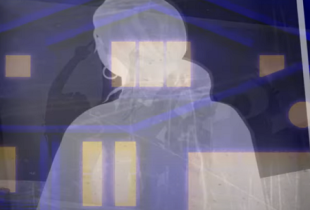
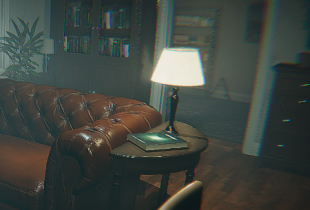
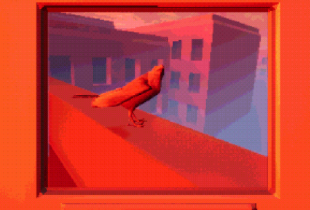
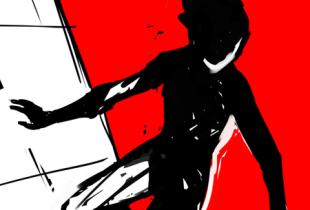

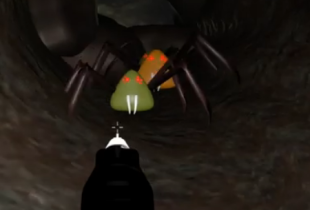










Comments